Legendary ‘Orichalcum Metal’ Related To Atlantis Found In 2,600-Year-Old Shipwreck
MessageToEagle.com – A shipwreck sunk 2,600 years ago, off the coast of Gela in southern Sicily and the story of this ship is still fascinating today.
The ship – dated to the first half of the sixth century – was on its way to Gela in Sicily, possibly coming from Greece or Asia Minor.
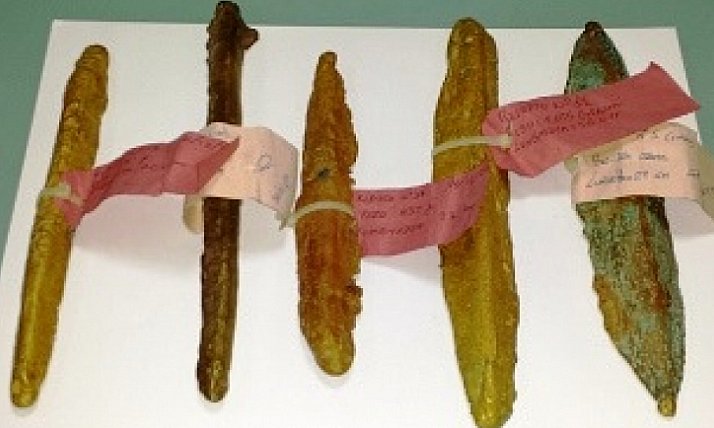
It was carrying ingots of orichalcum, ancient gleaming metal, which according to ancient Greeks was supposed to be mined in the legendary Atlantis, a land we have never been able to localize.
In 2015, underwater archaeologists recovered 39 orichalcum lumps from the shipwreck and earlier this month, additionally 47 pieces of this precious alloy have emerged from the seas of Sicily, reports Seeker.
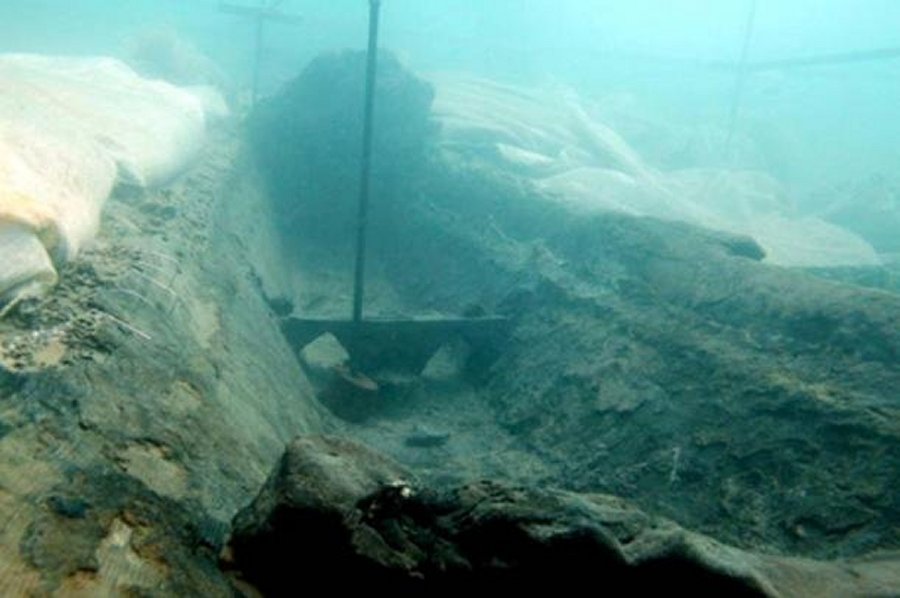
“The ship dates to the end the sixth century B.C.,” said Sebastiano Tusa, an archaeologist and and Sicily’s superintendent of the sea, said.
“It was likely caught in a sudden storm and sunk just when it was about to enter the port.”
According to the ancient Greeks, it was invented by Cadmus, a Greek-Phoenician mythological character. The fourth century B.C. Greek philosopher Plato made orichalcum a legendary metal when he mentioned it in the Critias dialogue (460-403 BC).
See also:
Orichalcum: Mysterious Metal Linked To Legendary Atlantis Discovered In Shipwreck
Hyperborea Or Atlantis Ruins – Underground Secrets Of The Sacred Lake On The Arctic Circle
Bolivia And The Mystery Of The Twins Of Atlantis
Plato wrote that the metal, second only in value to gold, was mined in Atlantis and was used to cover Poseidon’s temple interior walls, columns and floors. A legend says that the temple stood on pillar made of orichalcum and inscribed with Poseidon’s laws.
Today, most scholars agree orichalcum is a brass-like alloy, which was made in antiquity by cementation. This process was achieved with the reaction of zinc ore, charcoal and copper metal in a crucible.
Using X-ray fluorescence, researchers have analyzed the 39 ingots and concluded that they are made with 75-80 percent copper, 15-20 percent zinc and small percentages of nickel, lead and iron.
This brass-like alloy was perhaps not as precious as Plato described it; however, it was valuable enough to be used by skilled craftsmen in workshops of the ancient city of Gela.
MessageToEagle.com
Related Posts
-
 Longest European Burial Mound Pre-Dating The Egyptian Pyramids Discovered In Czechia
No Comments | Jul 2, 2024
Longest European Burial Mound Pre-Dating The Egyptian Pyramids Discovered In Czechia
No Comments | Jul 2, 2024 -
 Ancient DNA Reveals The World’s Oldest Family Tree
No Comments | Dec 27, 2021
Ancient DNA Reveals The World’s Oldest Family Tree
No Comments | Dec 27, 2021 -
 Ancient Egyptian Capital Tell El-Amarna Mapped Through Satellite Imagery System
No Comments | Mar 12, 2015
Ancient Egyptian Capital Tell El-Amarna Mapped Through Satellite Imagery System
No Comments | Mar 12, 2015 -
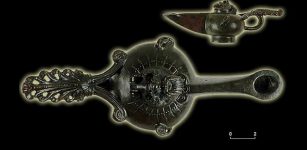 Eight Is Not Enough: History Of The Ancient Candles In Israel
No Comments | Nov 25, 2015
Eight Is Not Enough: History Of The Ancient Candles In Israel
No Comments | Nov 25, 2015 -
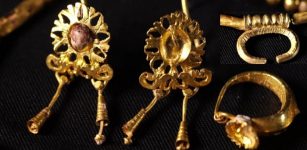 Roman-Era Girl Buried And Adorned With 1,700-Year Old Gold Jewelry Found In Pagan Cave
No Comments | Apr 14, 2023
Roman-Era Girl Buried And Adorned With 1,700-Year Old Gold Jewelry Found In Pagan Cave
No Comments | Apr 14, 2023 -
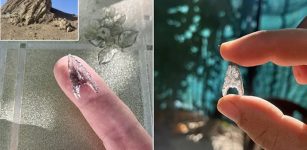 Obsidian Flake From 45,000-Year-Old Tool Unearthed In Armenia
No Comments | Jul 26, 2022
Obsidian Flake From 45,000-Year-Old Tool Unearthed In Armenia
No Comments | Jul 26, 2022 -
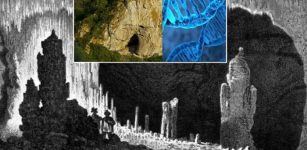 Neanderthals’ History Retrieved From Cave Sediments In Siberia And Spain – New Method
No Comments | Apr 19, 2021
Neanderthals’ History Retrieved From Cave Sediments In Siberia And Spain – New Method
No Comments | Apr 19, 2021 -
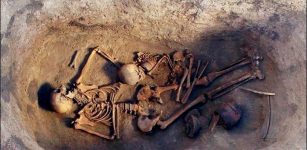 Mystery Of The Ancient Okunev Culture: Skeleton Of 4,500-Year-Old Noblewoman With Links To Native Americans Discovered In Siberia
No Comments | Sep 9, 2016
Mystery Of The Ancient Okunev Culture: Skeleton Of 4,500-Year-Old Noblewoman With Links To Native Americans Discovered In Siberia
No Comments | Sep 9, 2016 -
 Tarkhan Dress – The World’s Oldest Woven Garment
No Comments | Feb 24, 2016
Tarkhan Dress – The World’s Oldest Woven Garment
No Comments | Feb 24, 2016 -
 Largest Ever Human Family Tree: 27 Million Ancestors Mapped
No Comments | Feb 26, 2022
Largest Ever Human Family Tree: 27 Million Ancestors Mapped
No Comments | Feb 26, 2022
